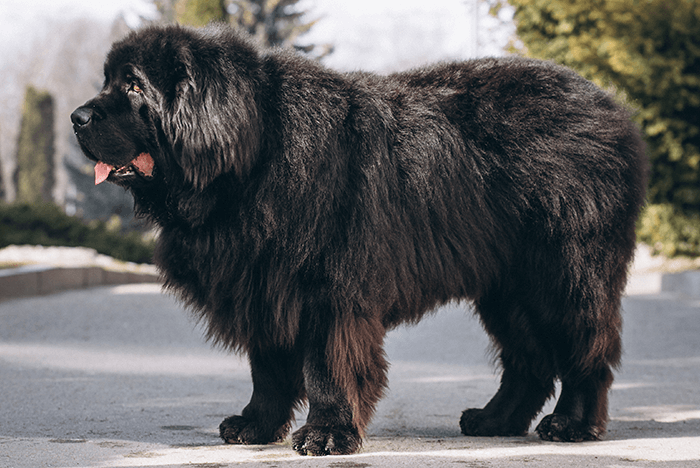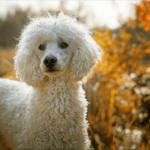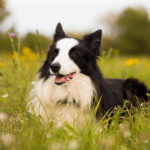The Tibetan Mastiff is a breed steeped in legend and history. Known for its imposing size and protective nature, it’s no surprise that this breed has captivated dog lovers worldwide. Here are a few lesser-known facts about this extraordinary breed:
- Ancient Guardians: Tibetan Mastiffs have been revered in the Himalayas for centuries. They were used as guard dogs for monasteries and livestock, showcasing their bravery and loyalty.
- Mythical Reputation: In Tibetan culture, they are often referred to as “Do-Khyi,” which translates to “tied dog.” Their role as guardians is so esteemed that they are sometimes associated with mystical powers and spiritual protection.
- Impressive Size: This breed’s sheer size is both awe-inspiring and practical. Tibetan Mastiffs can weigh up to 150 pounds, with males being particularly large and imposing, making them one of the heaviest dog breeds in the world.
Breed Information
| Origin | Tibet |
| Alternate Name | Do-Khyi |
| Life Expectancy | 10-12 years |
| Average Height | Males: 26-30 inches; Females: 24-28 inches |
| Average Weight | Males: 90-150 lbs; Females: 70-120 lbs |
| Coat Length | Long |
| Coat Type | Dense, double coat |
| Coat Color | Black, brown, blue-gray, or a combination |
Brief History
Originating from the Tibetan Plateau, Tibetan Mastiffs were bred as large, powerful guardians to protect livestock and properties from predators such as wolves and leopards. Their robust and imposing nature made them ideal for this role, and their presence in Tibetan culture is deeply ingrained. Historically, they were also considered sacred and were sometimes used as gifts for royalty.
Strengths and Weaknesses
- Strengths: Highly protective, intelligent, and loyal. They are excellent watchdogs and have a strong, commanding presence.
- Weaknesses: Can be stubborn and difficult to train. Their size requires ample space and they need significant exercise and mental stimulation.
Care Tips
Caring for a Tibetan Mastiff involves regular grooming to manage their thick coat and reduce shedding. They need consistent training and socialization from an early age to ensure they are well-behaved. Due to their guarding instincts, they thrive in homes where they are considered a part of the family and have a clear leader.
Fun Facts
- Tibetan Mastiffs have been known to live in harsh, high-altitude environments and have adapted to withstand extreme cold.
- Despite their imposing size, they are known to be gentle giants with their family and can be affectionate and playful with children.



